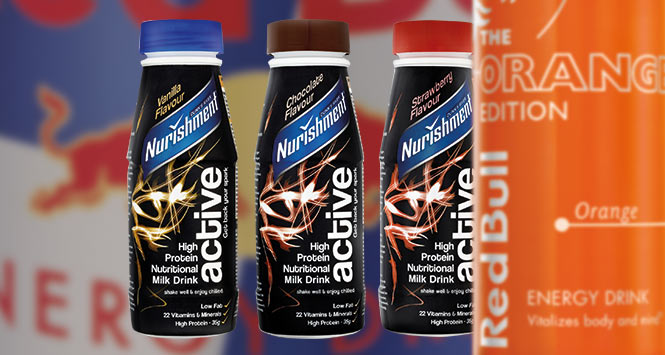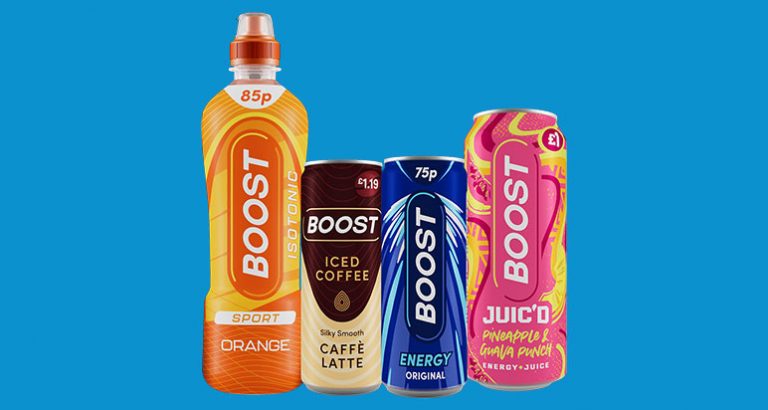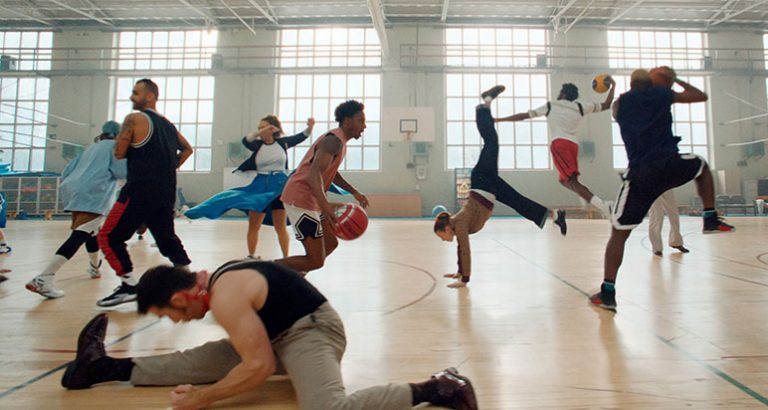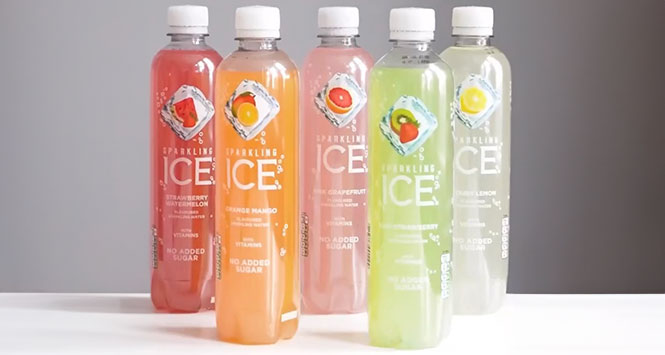As stellar performers of the last few years, sports and energy drinks continue to play a massively important role within the wider soft drinks category, and have firmly established themselves as core to the category.
by Émer O’Toole
With many of the smaller, less supported brands now edged out, the energy drinks playing field belongs largely to the bigger players who are able to back their brands with big marketing spend and in-store activation. Nonetheless, the category still potentially suffers from having too many SKUs available, leading to confusion among retailers. SLR seeks to simplify the category by highlighting the key brands and the best-performing lines, as well as examining the latest trends and innovations in sports and energy.
The first step for retailers is to ensure they have the right range. Within Energy, sizes and flavours are driving category growth, with core lines continuing to contribute significantly. These combined represent 85% of category sales, reveals IRI market research. Red Bull recommends retailers rationalise their range to focus on the key SKUs, providing them with the right amount of space on shelf to drive growth and maximise sales. Currently both core and sizes are under-represented on shelf versus share of sales, yet flavours are overrepresented.
This Spring, Red Bull extended its Editions range with a brand new flavour. Red Bull Orange Edition follows the successful introduction of Red Bull Tropical Edition in 2015, growing the incremental sales delivered since the launch of Red Bull Editions in 2013. Orange is the number one soft drinks flavour, and crucial within the Sports & Energy sector where it accounts for over 40% of flavoured drinks sold, according to IRI market research. By offering both great taste and choice, flavour remains a key opportunity to bring new shoppers into the category.
“Consumers shopping in convenience stores are looking for more than great taste from the products they consume: as awareness grows of the positive impact food and drink can have on the body, they’re looking for products with specific functional benefits,” says Nyree Chambers, Head of Marketing at Nurishment. Nurishment Active, a post-exercise nutritional drink, fits the bill. Developed to help consumers ‘get back their spark’, after sports or exercise, low-fat Nurishment Active contains 35g of protein per pack plus a unique and complementary blend of 22 vitamins and minerals. It combines both whey (fast acting) and casein (slow releasing) proteins which contribute to the growth and maintenance of muscle mass. Nurishment says the drink will appeal to people on the way home after a workout or an intense sports session. The drink can be enjoyed on the go immediately, or kept in the fridge at home as a convenient means of consuming the right blend of vitamins, minerals, carbohydrates and protein after exercise, with no mixing or preparation needed. Available in three flavours— vanilla, strawberry and chocolate — the product has an rrp of £1.99. Another low ‘healthier’ energy drink is Boost’s Sugar Free Pink Lemonade, which only has five calories per can.
Price-marked packs continue to play a strong role in convenience outlets by delivering a greater perception of value to consumers — him! reveals that 76% of shoppers say PMPs help a convenience store price image. Red Bull offers PMP and non-PMP formats across its range, delivering the choice to retailers and shoppers. To continue driving this growth into 2016, Red Bull has reduced the rrp of its 355ml PMC from £1.59 to £1.49. With shoppers preferring priced-mark packs in convenience, this new price aims to maintain the premium position of the brand, whilst delivering an increased ROS and fuelling additional category growth.
IGD market research says the convenience channel is expected to grow to £44 billion in the next three years. It is worth taking advantage of growing categories, such as Sports & Energy, to increase sales.
Shoppers only look at 40 items when in store so Red Bull advises retailers to follow these simple merchandising principles in order to sustain category and sales growth:
Space
- Stock the most efficient range to drive the greatest value.
- Category space should be aligned with share of sales to maximise sales.
Need states/decision tree
- The first shopper decision within Spots & Energy is the type of product required – functional, refreshment or sport.
- Merchandise the fixture to meet consumer needs, from left to right, Refresh, Stimulate, Hydrate.
- Use bestselling brands to signpost the category.
Focus on top five brands
- 50-60% of Soft Drinks space should be allocated to the top five brands.
- Ensure 60-70% of space for Sports & Energy brands.
Striking zone
- Merchandising signpost brands at eye level improves shop-ability of the fixture by providing a clear starting point for the category.
Vertical blocking
- Shoppers only see products within a 1.3m breadth.
- Vertical blocking helps shoppers to easily find the product they are looking for improving their ease of shop.
Stair step
- Stair stepping size variants helps shoppers identify the correct size for their need.





